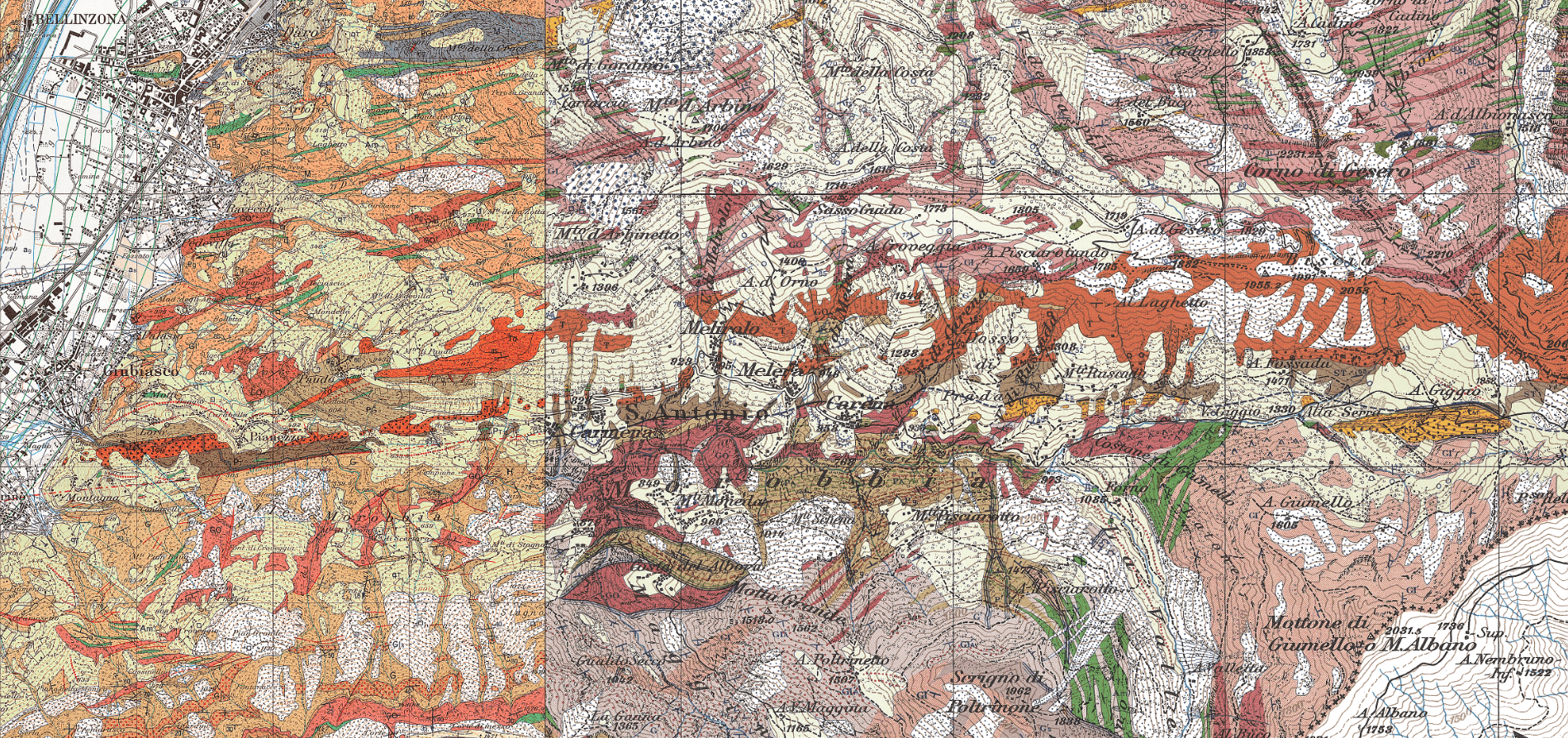
The valley
The Hidden Jewel in the Heart of Bellinzona.
The Morobbia Valley is not encountered so by chance, one has to look for it! In the Bellinzona basin, the casual visitor looking east has his or her eye drawn to the hill above Giubiasco and believes that everything ends there: beyond the promontory, where numerous small villas are scattered among vineyards and chestnut groves, the landscape seems in fact to close in. Instead, the Morobbia Valley opens up right here, with its small, laughing villages peeking out from afar at the Piano di Magadino and further on, the lake.
The winding but smooth cantonal road that climbs from Giubiasco, after the villages of "Sasso Piatto," "Motti," and "Lôro," all hilly hamlets of the hamlet, and after the municipality of Pianezzo, the most populous in the valley, still overlooking the terrace, with its hamlet of Paudo set on a mountain balcony, continues for a total of 12 kilometers. On the right slope it successively touches the hamlets of Vellano, Riscera, Carmena, Melera, Melirolo and Carena, which together form the valley's high municipality, Sant'Antonio. At Carena, 1058 meters above sea level, the road stops.
On the opposite side, there is the area of the "mountains." The old cattle farms, removed from their rural use as farming and ranching have practically disappeared, have been transformed and used as vacation and recreation stays for the indigenous population. They can be reached only on foot, by paths that from the various cores, descend to the valley floor and then climb up the steep opposite slope. The Morobbia River flows recessed and hidden. It feeds the Carmena reservoir in the middle of the valley, which supplies electricity to the municipalities of the Bellinzona region.
The extensive network of trails, such as those that branch off from Carena toward Italy and Lake Como, over the San Jorio Pass (which was an important communication route), to the Camoghè to the south, to the Gesero pastures to the north, offers many hiking opportunities.
The Morobbia Valley is rich in neither tradition nor history with which to link the past to the present. At the beginning of the century it suffered, like most Ticino valleys, the negative effects of emigration. Numerous "morobbiotti" left to seek work somewhat throughout Europe and even in Australia. The preferred destination remained, however, California, considered the Eldorado by those seeking their fortune, but who instead found there far more often only hard work as a laborer or herd warden (Cow Boy), deprivation and misery. Left at home, with the old men, were the women who had the onerous task of raising the family and keeping that meager farming and herding activity alive, with meager earnings.
By contrast, a smuggling trade had flourished that could be called "romantic" at that stage and provided for the survival needs, not only of the local population, but of the entire district. It was mostly practiced by locals, used the old San Jorio footpath, which had fallen into disuse over the centuries, and fostered trade between the two sides of the border. In fact, rice, pasta, cold cuts, cloth and carpets were imported in exchange for cigarettes, salt and coffee. Much has been written about the difficulties of this trade and there is no shortage of episodes, some singular, others dramatic, that took place on either side of the pass. Many ingenious stratagems were used to evade the control of the border guards who, moreover, sometimes turned "a blind eye." This smuggling lasted until the end of World War II when increased supply possibilities gradually made it unnecessary. It continued for a time with cigarette smuggling, organized by a few local caterers, but also by tobacco representatives who were in charge of preparing the "bricolle," the heavy parcels to be entrusted to the "spalloni."
The operation took place directly on the square in Carena, under the eyes of the Swiss customs officers, who had nothing to object since for our country this trade was considered regular. The reception on the Italian side was different, where overnight shipments sometimes even had fatal outcomes. After a few years, smuggling preferred more easily accessible and less risky channels and this activity ceased.
In the postwar period, living conditions improved and so did employment opportunities, particularly in the civil service in Bellinzona and Giubiasco (in the Swiss Federal Railways, in the Post Office, in the cantonal administration), in the new industries in the village (Linoleum -now Forbo-, hat factory, Ferriere Cattaneo) and in the other commercial activities that had gradually settled on the Magadino Plain.
The Morobbia Valley, although so far not particularly oriented toward tourism, can enrich the cantonal offer in this precise area, offering a largely unspoiled territory. Its forests cover an area of 3,500 hectares. A diverse fauna lives there, with even spectacular colonies of chamois, deer, and roe deer. A dense network of trails, more than 90 kilometers long, runs through the area. From Carena, the last village, you can reach the area of the alpine pastures. Some are abandoned today, but not Giumello, the state's model alpine pasture, where a fine cheese is produced. One can continue to the San Jorio Pass (2'012 m/sm) and pass into neighboring Italy to reach Garzeno and Dongo on Lake Como. Another option is to descend to Arbedo and Roveredo, in the neighboring canton of Grisons, via the Alpe del Gesero



